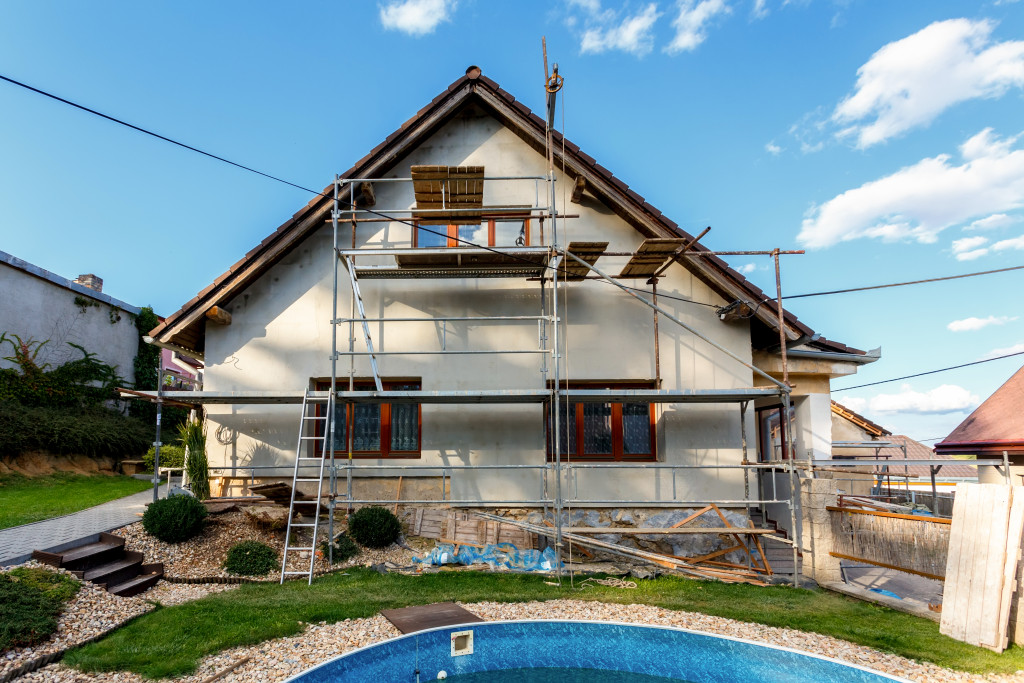Homeowners in the United States who planned to sell and move to a better residence may have to change their plans this year. If housing prices were high in 2021, they are going even higher in 2022. Fortune reports that according to Zillow, home price increases will reach 16.4 percent within the year after it increased by 20 percent last year.
Also, inventory is tighter than ever so it will be difficult to find a house to move to. There were only about 923,000 available houses listed on Zillow in January 2022, 19.5 percent less than the units listed in January 2021, and 40.5 percent less than the number of units listed in January 2020 before the pandemic struck.
Homeowners should have refinanced their mortgage when mortgage interest rates dropped to historic lows last year. The average rate of the 30-year fixed mortgage already increased from 3.11 percent in December 2021 to 3.56 percent in January 2022. The month-to-month increase was the largest in over nine years. Rates are expected to increase even more in the coming months.
In lieu of moving, homeowners will be making the most of what they have this year through home improvement projects. Even if the cost of materials and labor are both rising, as well, a renovation will still be much cheaper than buying a house. Those who have the skills will be planning do-it-yourself (DIY) projects, but most will hire subcontractors to ensure a professional job.
As early as October last year, Harvard University’s Joint Center for Housing Studies (JCHS) Remodeling Futures Program published its Leading Indicator of Remodeling Activity (LIRA) showing that by the end of 2021, homeowners’ spending on home repairs and improvement will reach an annual increase of nine percent. The same pace is expected to continue in 2022.

Cost of Renovation
According to Rocket Mortgage, the largest and most expensive project is the gut renovation which entails demolishing parts of the house; rebuilding or making structural changes; adding a new roof; installing a new plumbing system; replacing the heating, ventilation, and air conditioning system; and replacing major appliances. The cost goes higher when the structures to be removed are weight-bearing since demolition must be done carefully and the structure must be rebuilt with the proper replacement support.
Part of the cost is for permits, demolition, clearing and transportation of debris, and dumping fees. The cost will also depend on whether the materials to be used are low-end, mid-range, or high-end. This can cost from $60 to $150 per square foot and even more.
The National Association of Home Builders (NAHB) advises homeowners to limit their spending on home improvements based on their current home value. They should only spend up to 16 percent of the home’s value on a kitchen renovation, 10 to 15 percent on a basement or attic, 13 percent on a primary bedroom, 10 percent on the living room, seven percent on a primary bathroom, five percent on a small bathroom, three to five percent on siding, three to four percent on windows, two to five percent on the backyard or patio, two to four percent on the roof, and one to three percent on a regular bedroom. This is because spending too high above the value of the house will not pull up its reselling price that much.
It will also be cost-effective to do home improvements that will result in long-term savings for the household. For instance, homeowners must improve the energy efficiency of the entire house by ensuring that it is completely air-sealed and replacing insulation, roofing, and windowpanes with Energy Star-certified products that repel heat in summer and keep in warmth in winter.
Renovation Funding
Homeowners can take advantage of the increase in their house equity brought about by rising real estate prices. For a large project like a gut renovation, a home equity loan enables the homeowner to borrow 80 to 85 percent of equity at current interest rates. This is payable monthly on top of the mortgage. The interest on the loan is tax-deductible if used for home renovation.
For small renovation projects done one at a time, a home equity line of credit (HELOC) enables the homeowner to borrow only what is needed each time and make a monthly payment based only on how much was borrowed. The larger available sum can still be accessed as needed.
Another option is the cash-out refinance. This means replacing the mortgage with a new one at the current interest rate and cashing out equity. This is advisable if the current interest rate is lower than the original interest rate of the mortgage. This also means that only one payment is necessary moving forward.
As of February 2022, Bankrate stated that the average fixed interest rate for a home equity loan is from 3.25 percent to 7.94 percent. For a HELOC, it is 1.99 percent to 7.24 percent. As of February 27, the cash-out 30-year fixed refinance rate is 3.7 percent. Homeowners must act quickly before interest rates go up.
